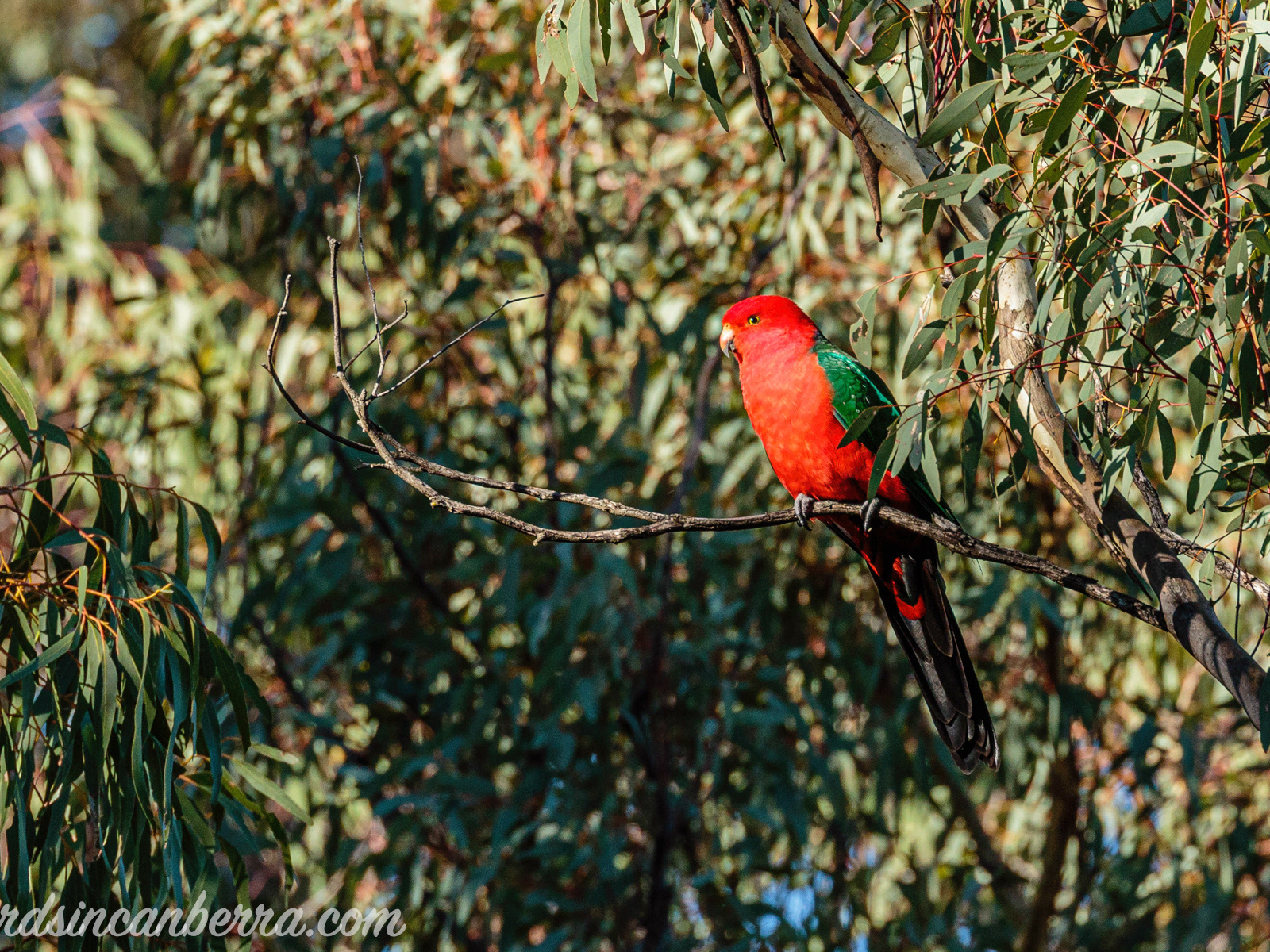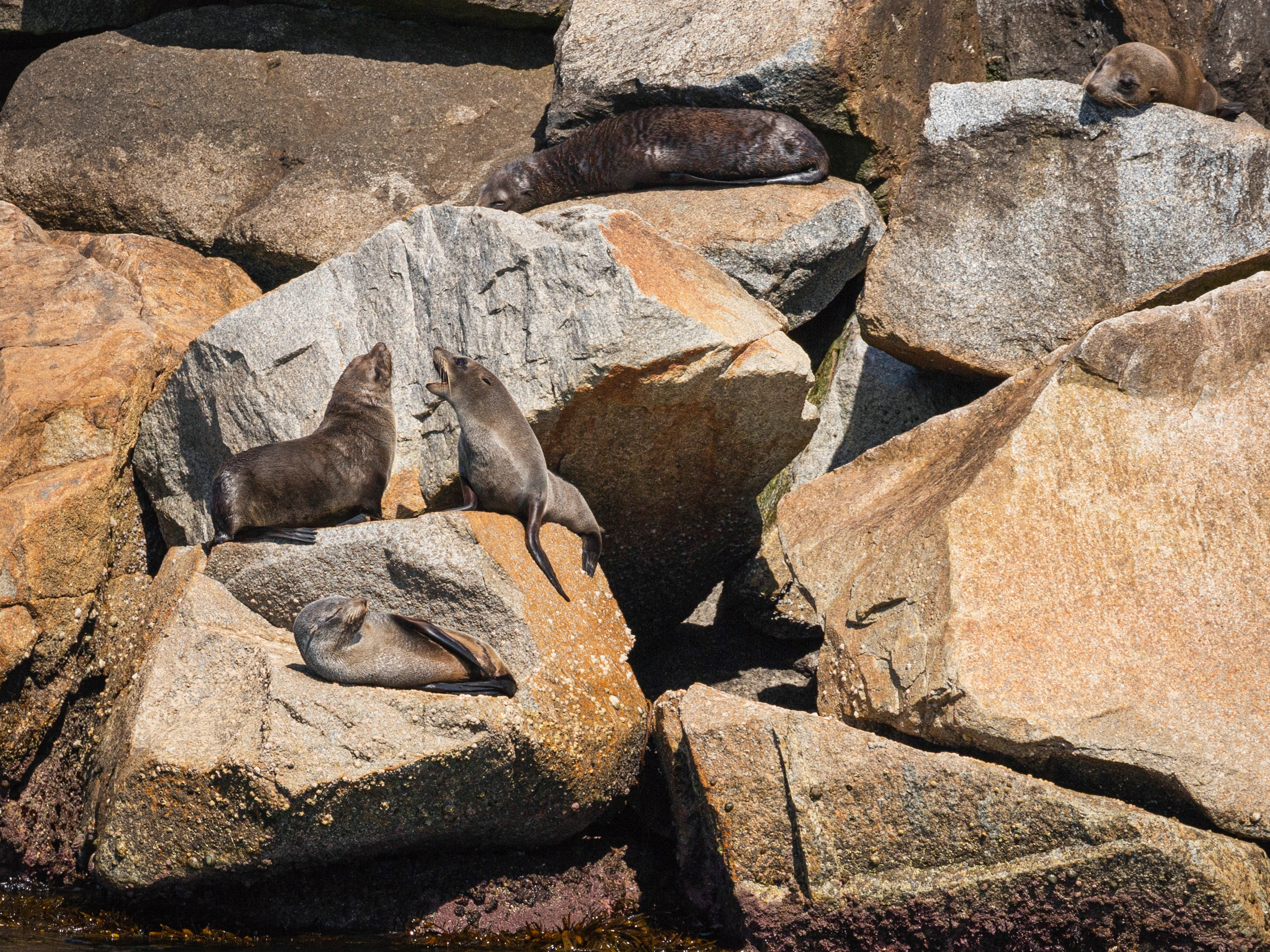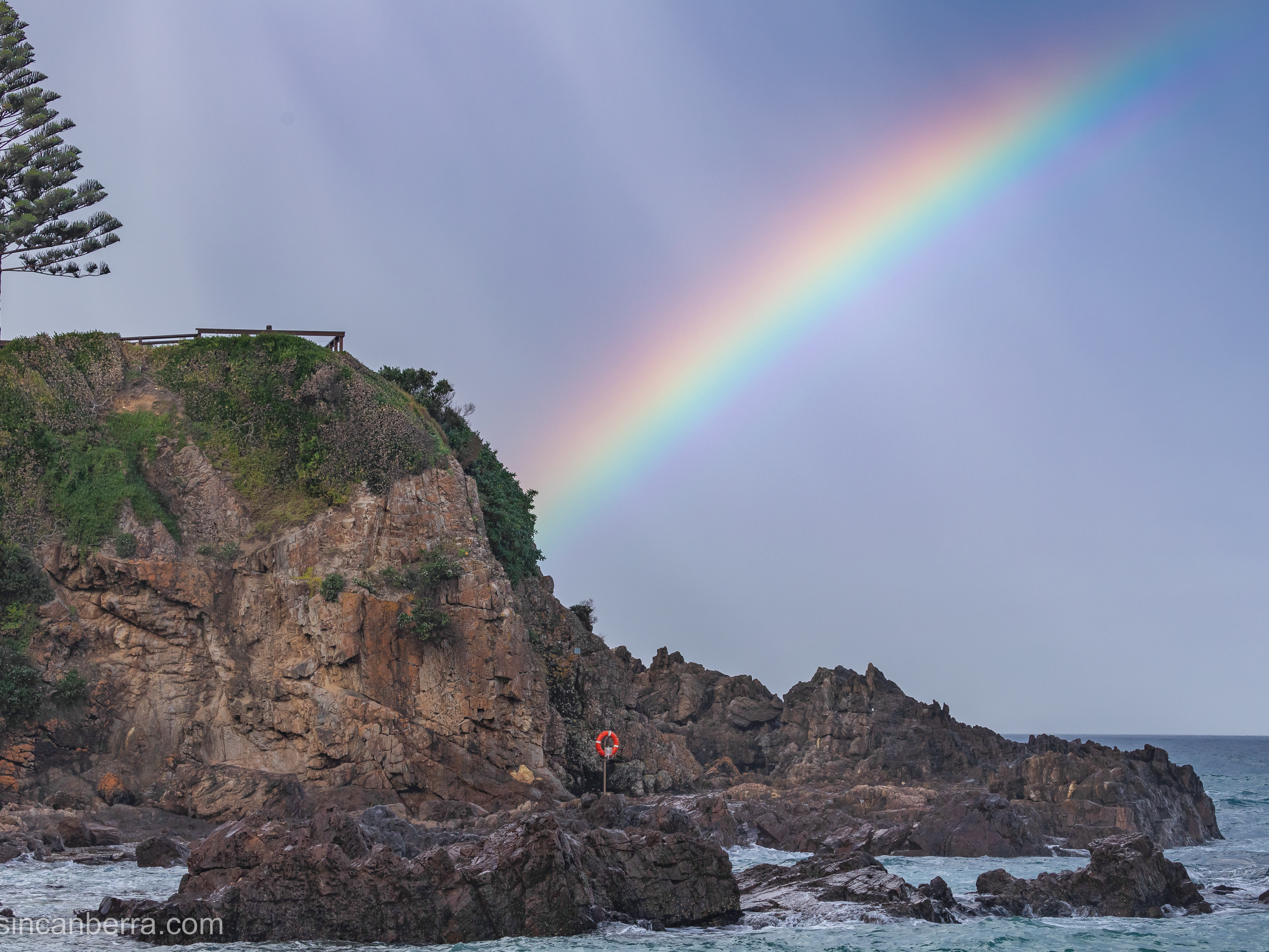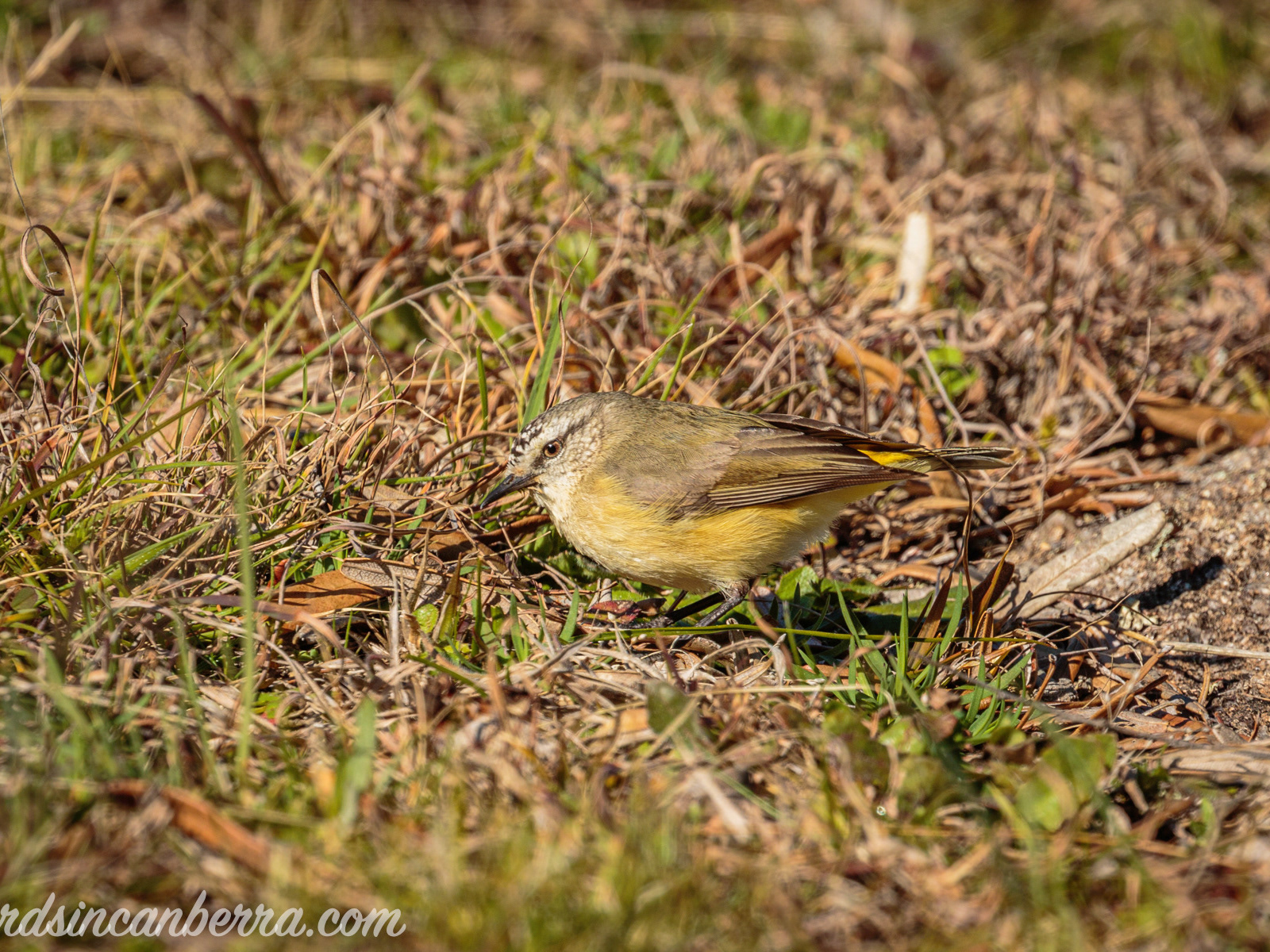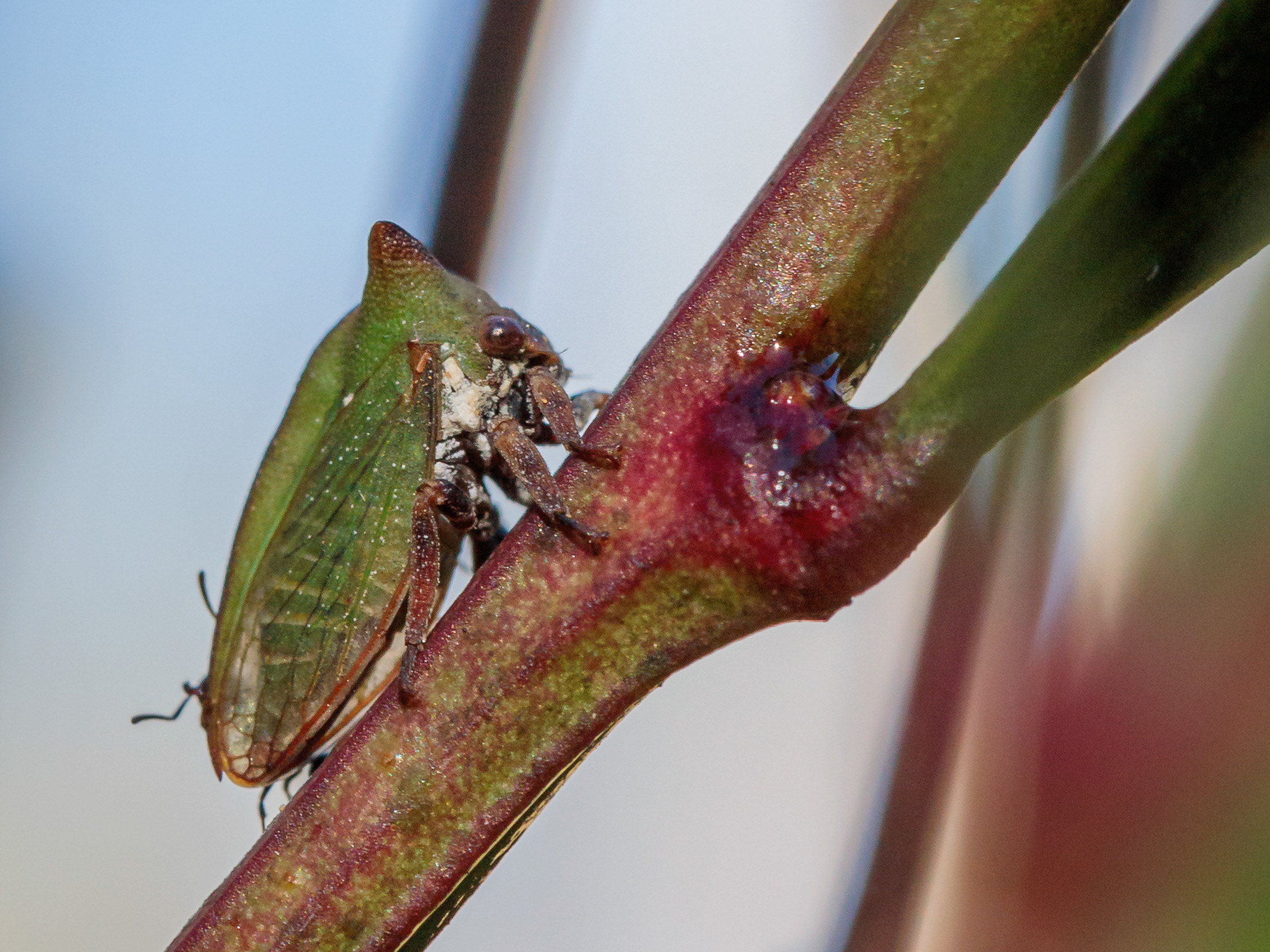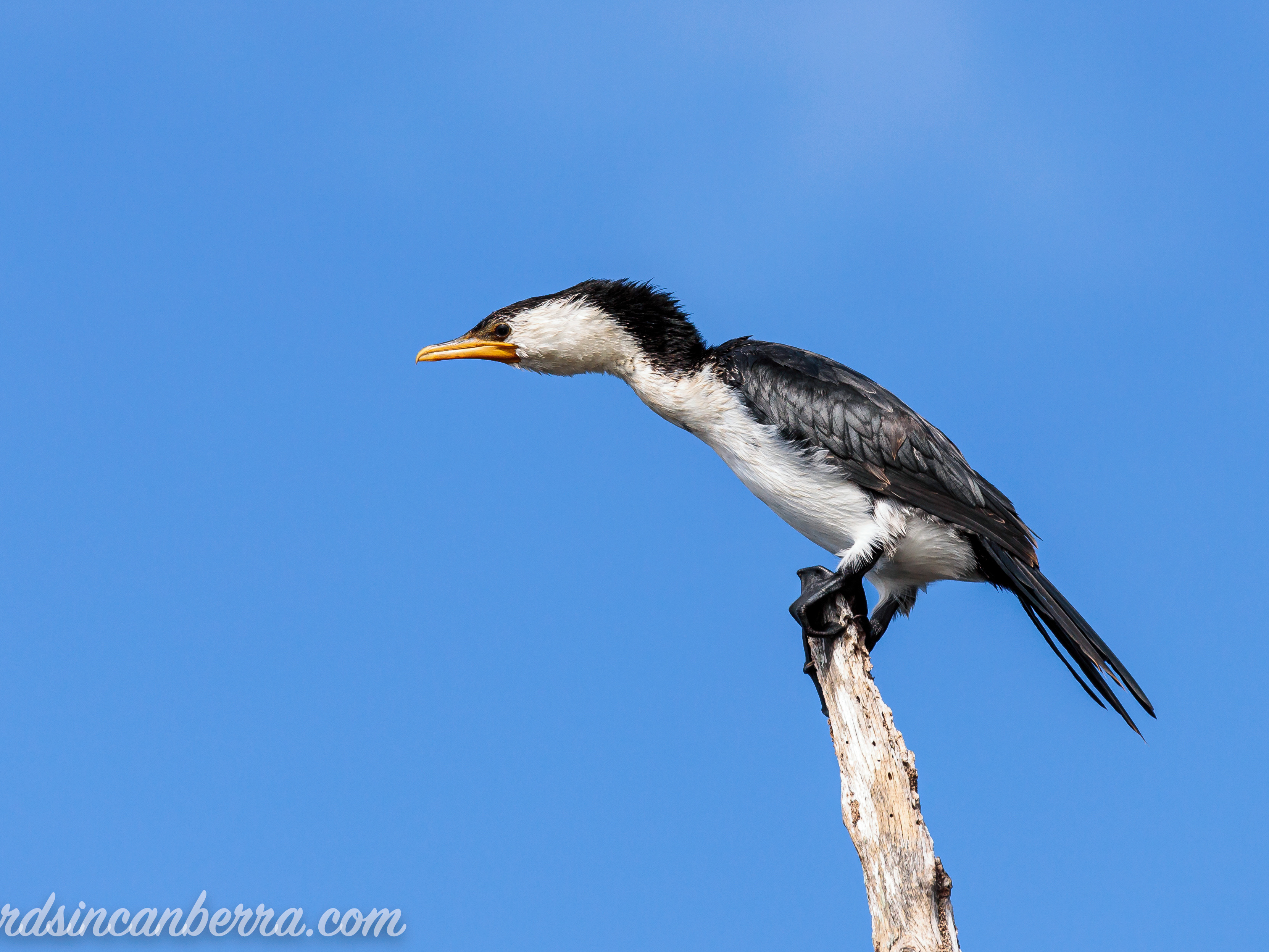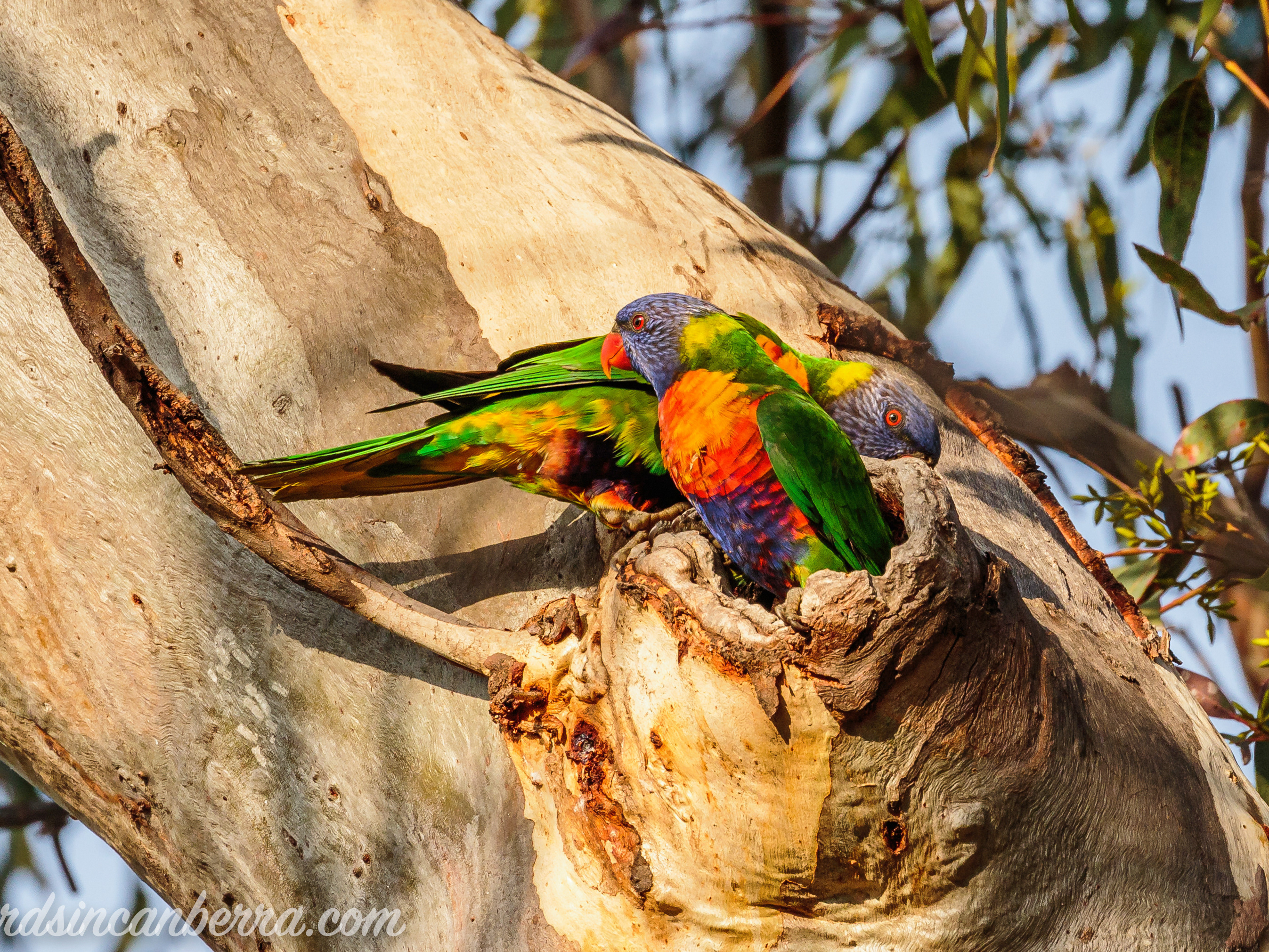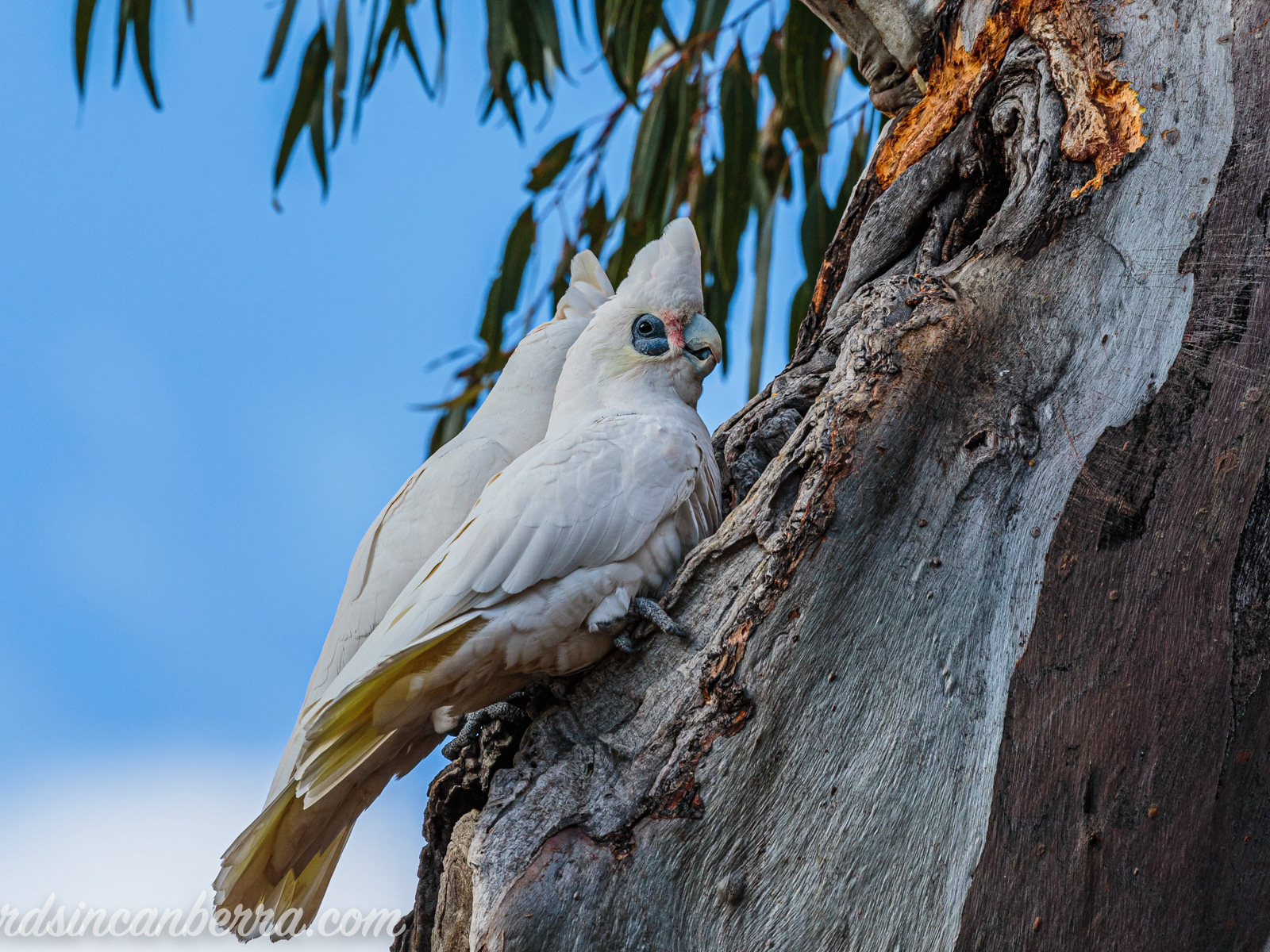Admiring the beauty of a mangrove ecosystem, Jan 2022
Mangrove habitats are such fascinating ecosystems because they straddle the worlds of land and water because of tidal movements. I was fortunate in January 2022 to have time to head down to the ever beautiful Jervis Bay where I ignored the stunning white beaches because I was heading for the wonderful Currambene Creek to explore a mangrove habitat. Although the beaches of Jervis Bat are deservedly famous for their beauty I was captivated by being among the mangrove trees. I was captivated by the life in the habitat, especially the crabs. The Red Fingered Marsh Crab has such striking colours with its lime green carapace contrasting with its red claws. I was fascinated to see these crabs moving on the exposed trunks of the mangrove trees. Even more fascinating, was when I approached the trees, the crabs did not head into the water but they shot up the trees to holes and crevices higher up in the trunks, well above the hide tide mark.
You may also like
